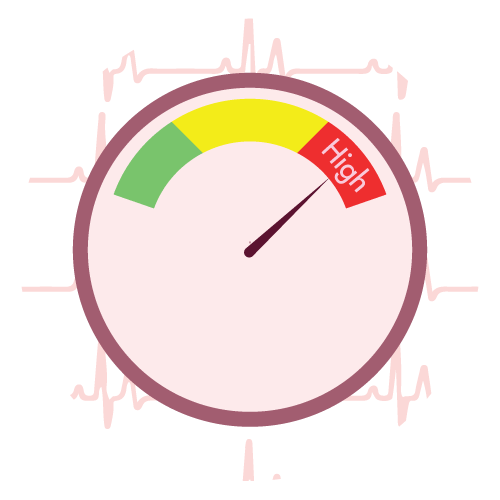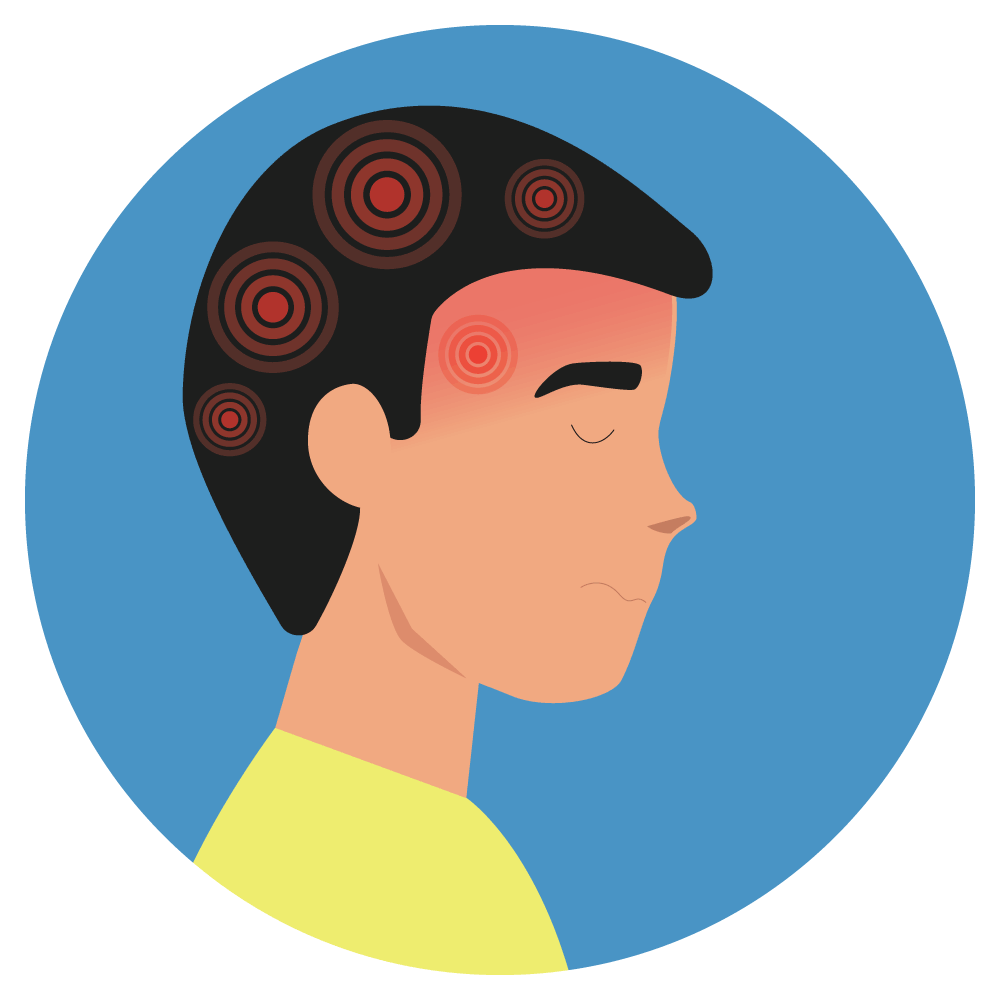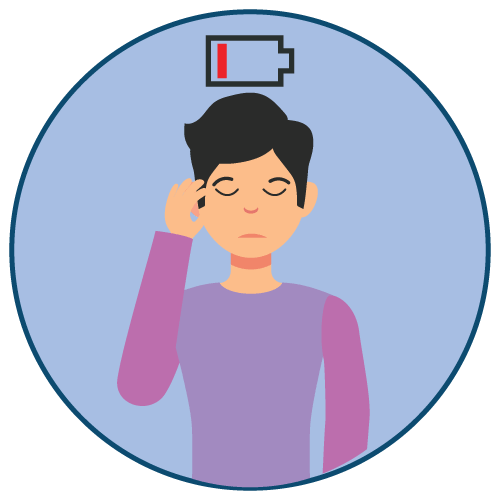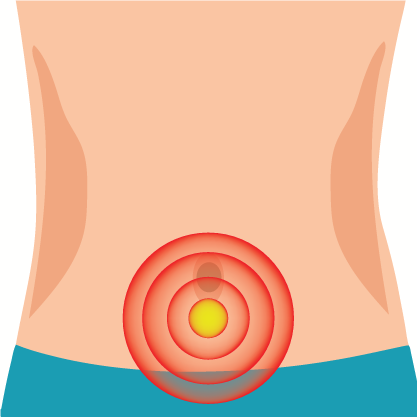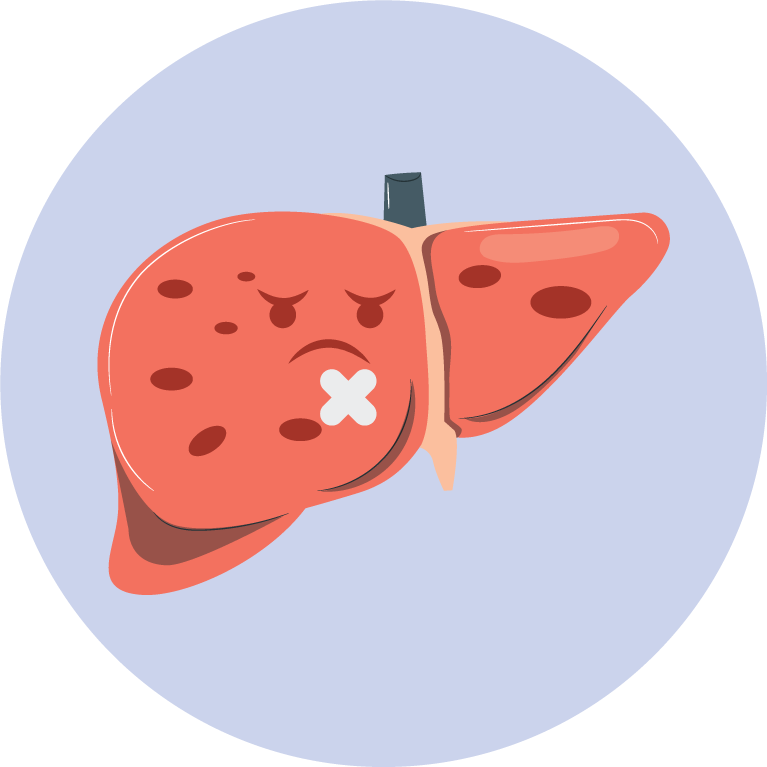| Name | Valsartan |
| Classes |
Cardiovascular Agent Antihypertensive Angiotensin Receptor Blocker (ARB) |
| Diseases |
Cardiovascular Disease Congestive Heart Failure (CHF) Hypertension (High Blood Pressure) |
Valsartan
Valsartan belongs to a class of drugs called Angiotensin II receptor blockers or ARBs. It prevents Angiotensin II from binding to Angiotensin receptor 1 and hence antagonizing it's effects.
Valsartan is indicated in-
- Hypertension
- Heart Failure
- Post Myocardial Infarction
Valsartan is available as Tablets.
Adult Hypertension:
- When used as monotherapy in patients who are not volume-depleted, the recommended beginning dose of Valsartan is 80 mg or 160 mg once day. Patients who require more drastic reductions may begin on the larger dose. Valsartan is available in doses ranging from 80 mg to 320 mg per day, taken once a day. The antihypertensive effect is substantially present within 2 weeks and maximal reduction is generally attained after 4 weeks.
Heart Failure:
- Valsartan is prescribed at a starting dose of 40 mg twice daily. Increase the dose to 80 mg and 160 mg twice daily, or to the highest dose the patient can tolerate. Reduce the dose of any concomitant diuretics you're taking. In clinical trials, the maximum daily dose was 320 mg in divided doses.
Myocardial Infarction (MI)
- Valsartan can be started as early as 12 hours after a heart attack. Valsartan is prescribed at a starting dose of 20 mg twice daily. Patients may be uptitrated to 40 mg twice daily after 7 days, with successive titrations to a target maintenance dose of 160 mg twice daily as tolerated.
Pediatrics:
- The average recommended starting dose for pediatric patients who can swallow pills is 1.3 mg/kg once day (up to 40 mg total). The dosage should be tweaked based on the patient's blood pressure response. In juvenile patients aged 6 to 16, doses larger than 2.7 mg/kg (up to 160 mg) once daily have not been explored.
Commonly associated side effects of Candesartan include-
- Headache
- Dizziness
- Viral infection
- Abdominal Pain
- Asthenia
- When given to a pregnant woman, Valsartan can harm the fetus. If this drug is used during pregnancy or if the patient becomes pregnant while taking it, the patient should be informed.
- Patients with mild-to-moderate hepatic impairment, particularly those with biliary obstructive diseases, had reduced valsartan clearance since the majority of the drug is removed in the bile (higher AUCs). Valsartan should be administered with caution to these patients.
- In patients with unilateral or bilateral renal artery stenosis, alterations in renal function may be expected as a result of blocking the renin-angiotensin-aldosterone pathway.
Contraindication
- Valsartan is contraindicated in patients hypersensitive to valsartan or other ARBs, such as-
- Valsartan should not be co-administered with Renin inhibitors such as-
Valsartan is contraindicated in the following health conditions-
- Pregnancy
- Liver Problems (Cholestasis, biliary cirrhosis)
 Bangla
Bangla English
English